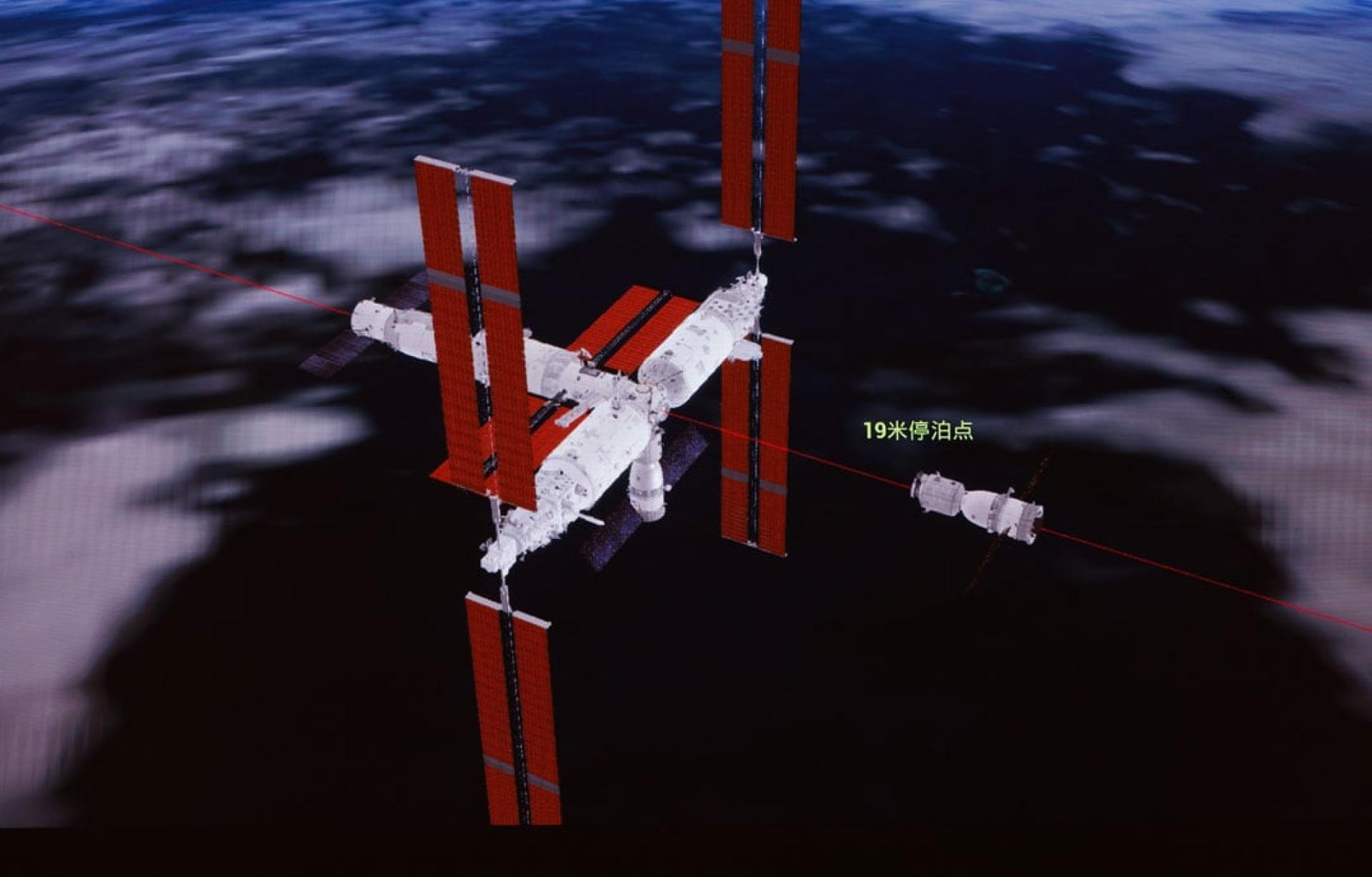After the Shenzhou-21 manned spacecraft entered orbit, it successfully docked with the front port of the Tianhe core module at 3:22 a.m. on the 1st, setting a new record for the fastest rendezvous and docking between a Shenzhou spacecraft and the space station in just about 3.5 hours.
According to Xinhua News, as the Shenzhou-21 crew entered the Chinese space station, a series of space experiments in life, fluid, and materials science has begun. Several research projects will explore animal behavior, the origins of life, intelligent materials, and key aerospace technologies. Among them, 2 female and 2 male mice entered the "Tiangong" for the first time, marking China's first in-orbit mouse space science experiment and representing a new stage in life science experiments aboard the Chinese Space Station.
● Why Mice? High Genetic Homology with Humans
Mice share high genetic homology with humans, are small in size, and have a short reproductive cycle, making them a widely accepted and important mammalian model for life science research. They are also key models for studying physiological changes, behavioral adaptation, and even reproductive development in space environments.
Experts note that the mice entering the "Tiangong" this time are not the usual "white mice," but specially selected and trained black mice.
During their stay, the four mice are scheduled to live on the space station for about five days. Researchers will use multi-dimensional video image monitoring to study how the space environment affects the mice's behavior, preliminarily exploring the mice's stress responses and adaptive changes in space.
● How to Become an 'Astronaut Mouse'? The Path to Selection is Not Easy
To become a qualified "animal astronaut," the mice must pass a series of stringent tests.
The first is the "fitness test," where the mice must endure a period on a special "exercise bike"—an accelerating rotating rod—to test their fitness, endurance, and grip strength.
Next, they have to pass an anti-nausea challenge, using a two-dimensional rotating device to simulate the vestibular stimulation in space and acclimate the mice to multi-directional, extended rotation, helping them adapt to "space motion sickness."
Researchers also hang the mice upside down to observe their struggle response, selecting the most actively resistant "optimists." A maze test evaluates their spatial recognition and adaptability to ensure they can still find food and survive in a weightless, floating environment.
Experts told reporters that after completing this battery of tests, the mice must also move into compact breeding cages modeled after space capsules in advance to get used to their future living space in orbit. The four mice with the best performance finally earned their "boarding pass" to space.
● From 'Launching' to 'Return': Big Hopes for Little Mice
After the mission, the mice will return to Earth with the Shenzhou-21 spacecraft and enter the follow-up research phase. Li Tianda, associate researcher at the Institute of Zoology, Chinese Academy of Sciences, which is undertaking the project, said the main goals are to establish a full-process experimental system for mammalian space research, verify the key core technology of mouse space breeding, and explore the stress responses of mouse organ systems to the space environment, laying an important foundation for future systematic space science research in mammals.
Led by the Chinese Academy of Sciences, the space application system carried out a total of six scientific experiments this time, with total sample and equipment weight of 63.2 kilograms. Zhang Hongzhang, a payload specialist from the Dalian Institute of Chemical Physics, Chinese Academy of Sciences, will leverage his expertise to conduct "Electrochemical Optical In-situ Study of Lithium-ion Batteries for Space Applications" in orbit.
In addition, two other life science experiments—such as "The Relationship between the Origin of Genetic Codes and Chirality in Space Environment"—and two projects in fluid science—such as "Study on the Structure and Dynamics of Active Colloids in Microgravity"—will also be carried out progressively.
